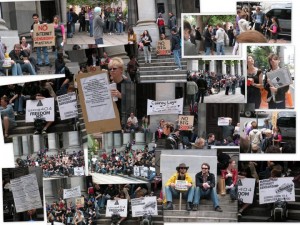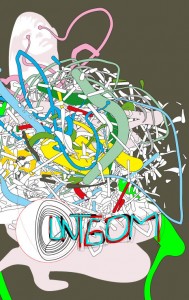How would prices be established in the absence of a capitalist market? This question has come up in the Who Needs the Owners? But What’s the Alternaitive?” thread. Arthur pointed out proper discussion of this issue could get quite technical and therefore deserves a thread of its own.
The question of pricing arose via comments from Jad, who has been arguing in favor of “technocracy” as an alternative to capitalism.
(It’s worth perusing that other thread in order to see how that discussion evolved, before jumping in here.)
I’ll republish the comment from Jad which prompted Arhur’s call for a new thread, followed by Arthur’s reply, and we can take it from there.
________________________________________
Jad:
Hi Again, A bit more on technocracy, after having looked at “Bright Future”.
I agree that the technocrats are hopelessly Utopian in that they offer almost no practical steps regarding how their proposed system can be arrived at, but I think a similar criticism could be made of Bright Future. In any case, I don’t think small doses of crackpot, utopianist speculation now and then do any permanent damage, so I thought I would offer some comparisons between the resource allocation model in Bright Future (BFM) and the Energy Accounting Model (EAM) model of the technocrats. ( By the way, although I’ve only been seriously investigating Marx for a couple of years and was in nappies in ‘68 when some of you folks were stomping the streets, unfortunately I no longer consider myself very young!).
In relation to the determination of what is produced, for both BFM and EAM, this is dependent on consumer demand. To measure demand, BFM would rely on things such as past consumer behaviour, consumer surveys and demographic predictions, whilst EAM emphasizes the electronic recording of all purchases made. There is no difference of any substance here. Of course, both EAM and BFM recognise that supply will never be perfectly matched to demand, due to changes in consumer preferences.
In relation to individual’s consumption rights, under EAM all individuals would have the same consumption entitlement (which is based on the premise that without the waste of private ownership aggregate supply capacity would exceed aggregate demand), whereas under BFM, initially at least, consumption entitlements would depend on the amount and quality of work performed.
I agree that EAM, whilst more communistic, is unrealistically utopian here in not recognising that it would take time for people’s consciousness to change and that it is not just the technical aspects of the production system that are relevant.
Both EAM and BFM see factors such as prestige, enjoyment and intrinsic reward as becoming more important than material reward as a motivating factor for work. The major difference between EAM and BFM is in relation to the pricing of goods and services. Under EAM the cost and price of goods and services is determined by the energy required for their production. Under BFM allocation of resources to production units is dependent on demand for consumer goods, and consumer goods are exchanged for work. I presume that the price of consumer goods would therefore be dependent on the socially necessary labor time necessary for their production, in an application of the labour theory of value.
I think the EAM method and theory of pricing is superior to BFM for two interrelated reasons.
Continue reading ‘Price Systems’












Recent Comments